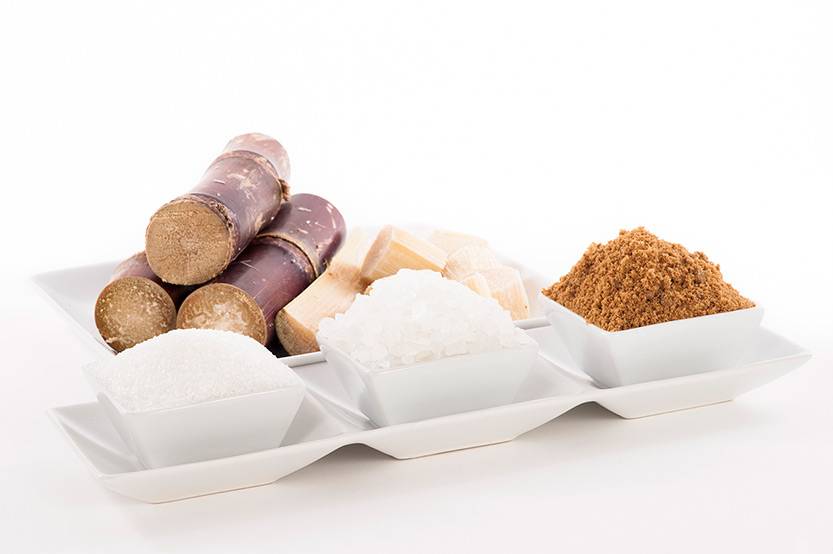Comprehensive Cane Sugar Processing Chemicals: From Beginning To End
Comprehensive Cane Sugar Processing Chemicals: From Beginning To End
Blog Article
Maximizar Rendimientos Y Minimizar Costos: Estrategias Avanzadas Para La Optimización Química Del Procesamiento De Azúcar De Caña
In the realm of walking cane sugar processing, the search of optimizing returns while concurrently minimizing costs stands as a formidable obstacle that requires a calculated blend of sophisticated chemical optimization techniques. The intricacies of this undertaking explore the core of efficiency, where every component of the procedure plays a critical duty in accomplishing optimal results. By checking out the ins and outs of chemical evaluation, enzyme application, pH control, filtering, and purification approaches, a landscape rich with opportunities for enhancement and innovation emerges. Amidst this intricate web of approaches exists the promise of unlocking untapped capacity and changing the really essence of sugar production. Cane Sugar Processing Chemicals.
Chemical Analysis for Performance
Chemical evaluation plays an essential duty in enhancing the performance of sugar cane processing by giving critical insights into the make-up and buildings of the raw materials. By performing thorough chemical analyses on sugar walking cane samples, processors can figure out the precise focus of sucrose, sugar, fructose, and other elements existing in the raw material. This details is important for optimizing the various phases of the sugar cane processing chain, from grating to crystallization.
Furthermore, chemical analysis makes it possible for cpus to recognize contaminations such as organic acids, healthy proteins, and minerals that can influence the quality and return of the last sugar product. By evaluating these impurities, cpus can implement targeted approaches to get rid of or alleviate their results, inevitably enhancing the overall efficiency of the handling plant.
Additionally, chemical evaluation assists in the monitoring of process parameters such as pH, temperature level, and thickness, permitting processors to make real-time adjustments to ensure optimum conditions for sugar extraction and condensation. Generally, a thorough understanding of the chemical composition of sugar cane is important for optimizing yields, minimizing expenses, and maintaining high item top quality in the sugar production market.

Enzyme Utilization for Raised Returns
With a calculated approach to enzyme use, sugar walking cane cpus can dramatically boost their returns while preserving operational efficiency in the manufacturing procedure. Enzymes play a critical function in sugar walking cane processing by breaking down intricate carbs right into less complex sugars, hence boosting the general sugar extraction efficiency. By including specific enzymes customized to target the different elements of sugar walking cane, such as cellulose and hemicellulose, cpus can boost the launch of sugars throughout removal.
Enzyme use offers the advantage of taking full advantage of sugar returns from the raw material while minimizing the power and resources required for processing. Through mindful choice and application of enzymes, sugar walking cane processors can optimize their operations to attain higher returns and success.
Ph Control for Optimal Handling
Enzyme usage for boosted returns in sugar walking cane handling lays the foundation for addressing the critical facet of pH control for optimum processing effectiveness. Keeping the appropriate pH level throughout different stages of sugar cane handling is important for making the most of returns and lessening costs. pH control is especially important during the extraction and clarification procedures. In the removal stage, keeping the right pH aids in attaining reliable sucrose extraction from the walking stick. Controlling the pH throughout clarification aids in the precipitation of pollutants and non-sucrose elements, leading to a purer final item. In browse this site addition, pH influences the activity of enzymes involved in the break down of macromolecules, influencing the overall efficiency of the procedure. By thoroughly checking and readjusting the pH levels at various processing actions, sugar cane processors can boost sugar recovery rates, minimize chemical usage, and optimize the total manufacturing procedure. Reliable pH control not only enhances the high quality of the end product however also contributes to sustainable and cost-efficient sugar cane handling procedures.
Advanced Filtering Techniques
Carrying out advanced filtering methods in sugar cane handling boosts the performance and pureness of the last item via refined splitting up techniques. By including advanced purification technologies, such as membrane purification and triggered carbon filtration, sugar cane handling plants can attain higher degrees of sugar recovery and enhanced high quality control.

Triggered carbon purification is another innovative method that helps in the elimination of colorants, off-flavors, and recurring impurities from sugar walking stick items. By using activated carbon's adsorption buildings, this filtering approach enhances the clarity and preference of the sugar, satisfying the high standards demanded by customers and market regulations.
Energy-Efficient Distillation Approaches
Energy-efficient distillation approaches are important for maximizing the sugar walking stick processing sector's energy usage while preserving premium product criteria. Conventional purification processes can be energy-intensive, leading to higher production prices and ecological impacts (Cane Sugar Processing Chemicals). Implementing energy-efficient purification methods, such as vacuum distillation or molecular distillation, can considerably reduce energy demands while improving overall procedure performance
Vacuum cleaner purification entails decreasing the pressure within the distillation system, which lowers the boiling point of the liquid combination being processed. This decrease in boiling factor decreases the energy needed for vaporization, causing energy financial savings compared to conventional distillation approaches.
On the other hand, molecular distillation utilizes short path purification techniques under high vacuum cleaner conditions to separate substances based on their reference molecular weight. This technique is particularly effective for heat-sensitive materials, as it operates at lower temperatures, decreasing energy intake and maintaining product quality.
Conclusion

Report this page